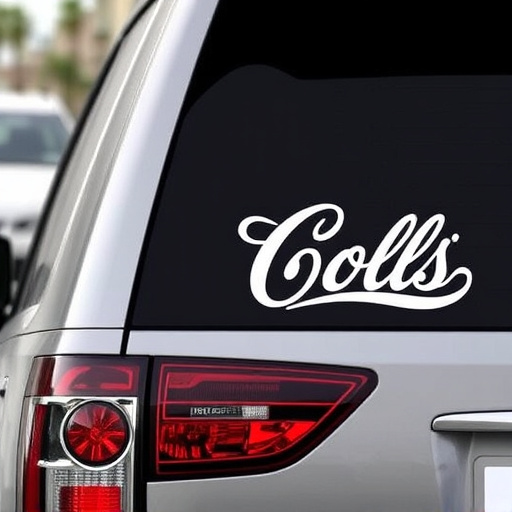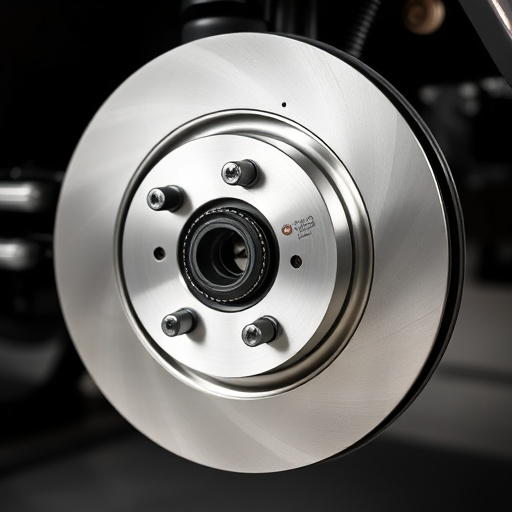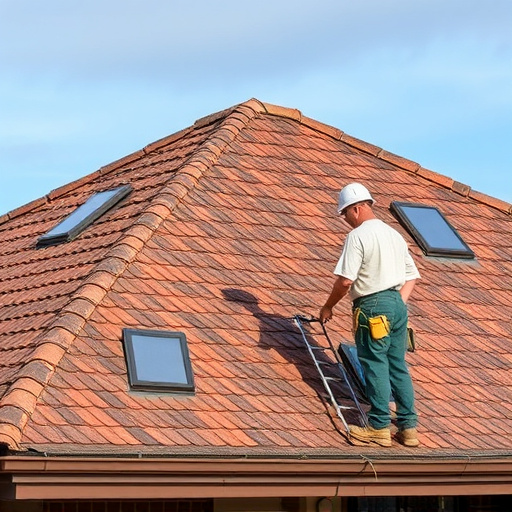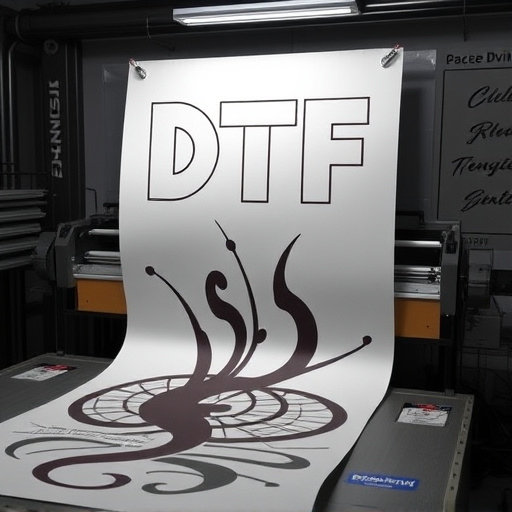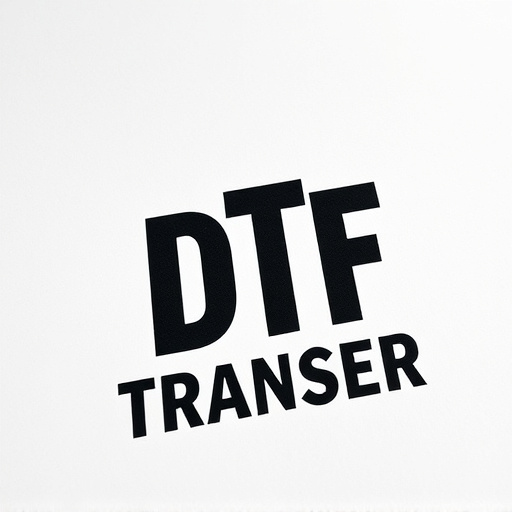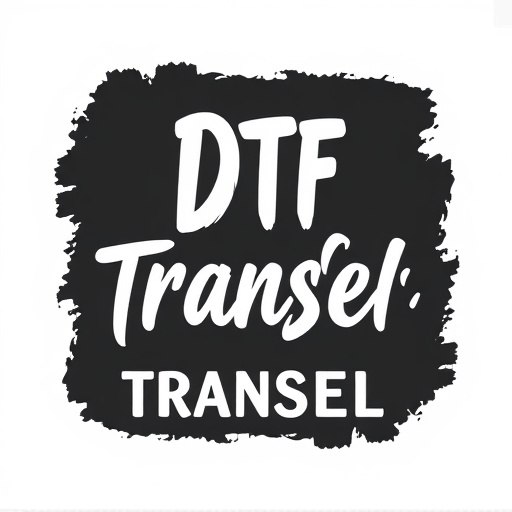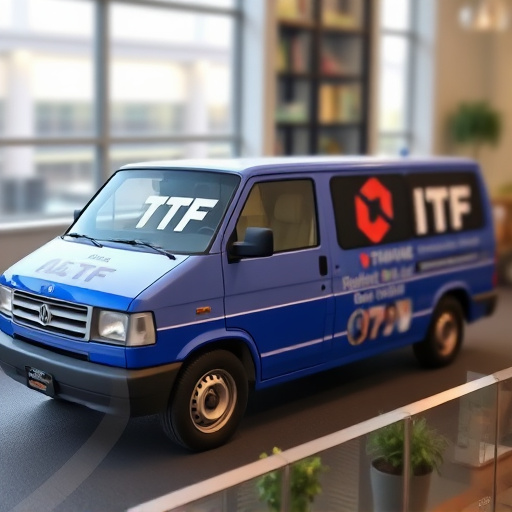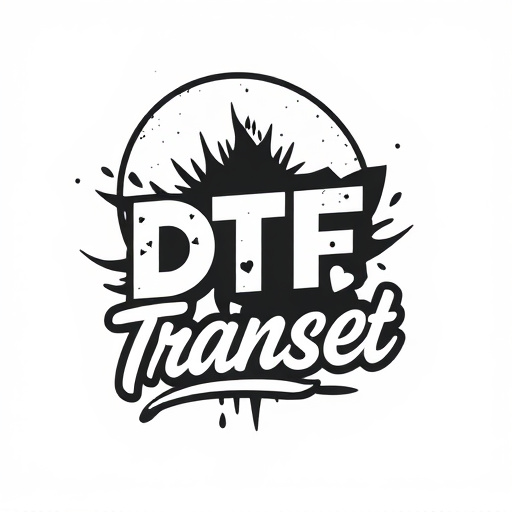Direct-to-Film (DTF) transfers are a cutting-edge printing technique ideal for outdoor applications due to their superior durability and vibrancy. These prints are bonded to materials like vinyl or canvas, offering protection against UV radiation, water, and fading. DTF's UV resistance ensures longevity in outdoor environments, making it popular for advertising, signage, and decorative purposes. Using UV-resistant inks and suitable substrates is key, while proper application and maintenance extend their lifespan. DTF transfers have transformed outdoor printing across industries with their cost-effective quality and performance.
“In the realm of outdoor advertising and signage, ensuring longevity and vibrancy amidst harsh environmental conditions is paramount. Ultraviolet-resistant direct-to-film (DTF) transfers emerge as a game-changer, offering superior durability compared to traditional printing methods. This article delves into the world of DTF Transfers, exploring their benefits for outdoor applications. From understanding the technology to choosing the right materials and application techniques, we’ll uncover the secrets behind successful implementations, transforming how we visualize and protect our messages in diverse environments.”
- Understanding Direct-to-Film (DTF) Transfers: A Brief Overview
- The Significance of Ultraviolet Resistance in Outdoor Applications
- Advantages of DTF Transfers Over Traditional Printing Methods
- Choosing the Right UV-Resistant Ink and Substrate for Durability
- Application Techniques and Best Practices for Outdoor DTF Prints
- Case Studies: Successful Implementation of DTF Transfers in Outdoor Settings
Understanding Direct-to-Film (DTF) Transfers: A Brief Overview
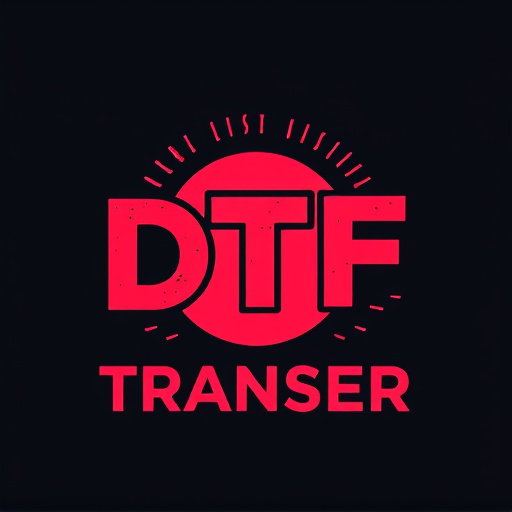
Direct-to-Film (DTF) transfers are a cutting-edge printing technique that offers unparalleled durability and vibrancy for outdoor applications. Unlike traditional printing methods, DTF involves applying ink directly onto the surface of a film, which is then bonded to various materials like vinyl or canvas. This innovative process ensures that the print remains protected within the film’s layers, making it highly resistant to environmental factors such as UV radiation, water, and fading.
DTF prints are renowned for their exceptional quality and longevity, making them a preferred choice for outdoor advertising, signage, and decorative applications. By utilizing specialized inks and bond adhesives, DTF transfers can withstand extreme weather conditions, ensuring that messages and designs remain clear and vibrant for extended periods. This technology revolutionizes the way we approach outdoor printing, offering a durable and aesthetically pleasing solution for various industries.
The Significance of Ultraviolet Resistance in Outdoor Applications
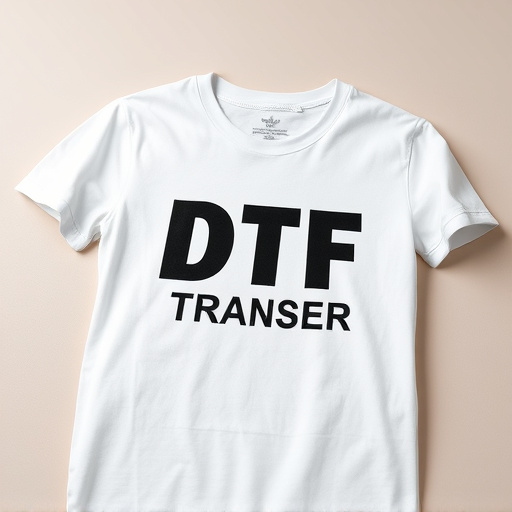
In outdoor applications, from signage and advertising to architectural textiles and outdoor furniture, ultraviolet (UV) resistance is paramount for maintaining the integrity and aesthetic appeal of printed materials. UV rays, a component of sunlight, can degrade inks and coatings over time, leading to color fading, cracking, and peeling. This deterioration not only reduces the visual quality of DTF Transfer (Direct-to-Film) prints but also accelerates their physical degradation, necessitating frequent replacements.
Choosing DTF Printing methods that incorporate UV-resistant formulations ensures that outdoor displays remain vibrant and durable for extended periods. These advanced inks and laminates form a protective barrier against harmful UV radiation, shielding the printed image from its adverse effects. By selecting UV-resistant DTF Transfers, businesses can expect longer-lasting, high-quality DTF Prints that continue to effectively communicate their messages even when exposed to sun and weather conditions.
Advantages of DTF Transfers Over Traditional Printing Methods

Direct-to-film (DTF) transfers offer several advantages over traditional printing methods when it comes to outdoor applications. One of the key benefits is their superior resistance to ultraviolet (UV) radiation, which is a significant concern for materials exposed to prolonged sunlight. DTF prints are infused directly into the film or substrate, creating a more durable and long-lasting image that’s less susceptible to fading or degradation from UV exposure compared to traditional printed materials.
Additionally, DTF transfers provide enhanced color vibrancy and clarity, making them ideal for outdoor advertising, signage, and decorative purposes. They also offer better flexibility in terms of material selection, allowing for a range of substrates suitable for various environments, from vinyl banners to rigid backlit displays. This versatility, combined with the UV resistance, makes DTF prints a superior choice for applications that demand high-quality visuals while enduring outdoor conditions.
Choosing the Right UV-Resistant Ink and Substrate for Durability
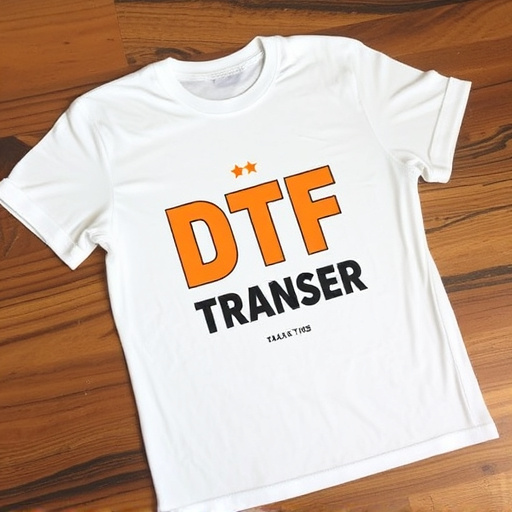
When selecting materials for outdoor DTF (Direct-to-Film) transfers, choosing UV-resistant inks and substrates is paramount to ensure longevity and vibrancy of prints. The harsh elements, including sunlight, moisture, and varying temperatures, can deteriorate conventional printing materials over time, leading to fading, cracking, or peeling.
Look for inks formulated specifically for outdoor use, boasting superior UV resistance and durability. These inks are designed to withstand prolonged exposure to sunlight without losing color intensity or developing yellowing. Equally important is selecting a substrate that offers robust protection against environmental stressors. Waterproof, rigid materials like certain polyesters or vinyls provide a sturdy base for DTF prints, safeguarding the image from damage during outdoor installation and use.
Application Techniques and Best Practices for Outdoor DTF Prints

When applying DTF (Direct-to-Film) transfers for outdoor use, careful consideration and specific techniques are essential to ensure longevity and vibrancy of prints. The first step involves selecting suitable materials designed for exterior conditions, including UV-resistant inks and films that can withstand exposure to the elements. Expert applicators understand the importance of proper surface preparation; cleaning the substrate thoroughly and ensuring it’s free from any contaminants is crucial for a successful and durable DTF Printing.
Best practices include using precise application methods, such as air-brushing or high-precision printing equipment, to achieve crisp, detailed DTF Prints. It’s also vital to account for potential environmental factors like wind, rain, and varying temperatures during the curing process. Curing instructions should be followed diligently to ensure inks set correctly. Regular maintenance, including reapplication of protective coatings or treatments, can significantly prolong the life of outdoor DTF Transfers, preserving their color and integrity against the constant impact of sunlight and weather conditions.
Case Studies: Successful Implementation of DTF Transfers in Outdoor Settings
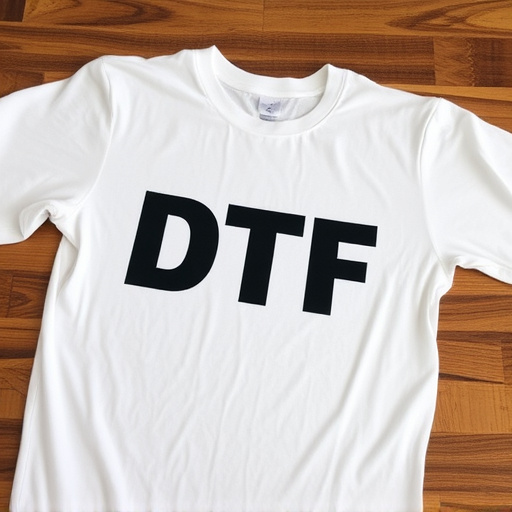
The successful implementation of DTF Transfers in outdoor settings has been a game-changer for various industries. Case studies have shown that DTF Printing offers an effective and durable solution for signage, advertising, and promotional materials exposed to harsh weather conditions. For instance, a recent study conducted by a leading outdoor gear manufacturer highlighted the longevity of DTF prints on their product packaging, with vibrant colors remaining intact even after prolonged sun exposure.
Another compelling example involves a local municipality that adopted DTF Transfer technology for its public transportation fleet. By applying DTF prints to bus exteriors, they achieved visually appealing, long-lasting designs that withstood frequent washing and varying climate conditions. This not only enhanced the overall aesthetics of the transport system but also demonstrated the superior resistance of DTF transfers compared to traditional printing methods, ensuring cost-effective and high-quality outdoor advertising.
